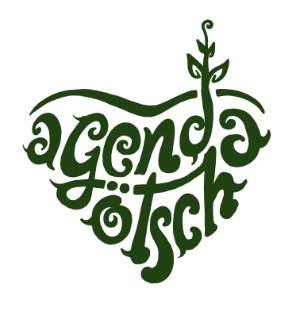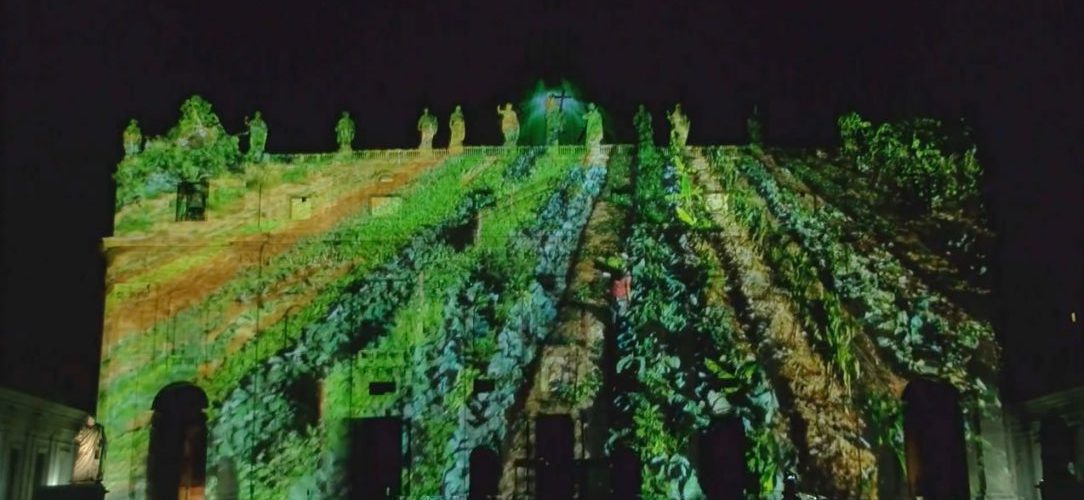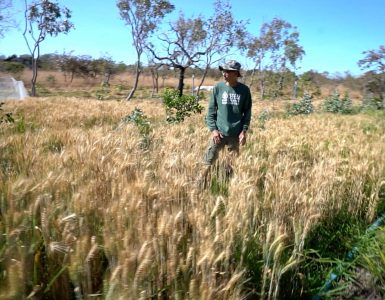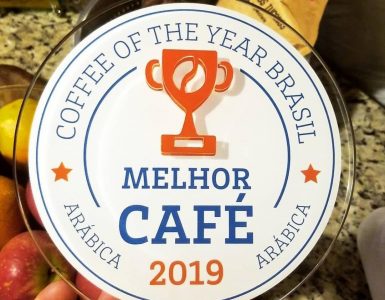Since we met Ernst’s work, we are growing our commitment to provide information about this innovative way of farming. Thanks to many partners and to a growing audience (and above all, to our dear followers and supporters of the membership area), we’ve been able to dedicate more time to produce this work. Here we would like to share more of who we are and what brought us here highlighting parts of this more-than-a-decade enriching journey. In the first post of this series, you knew about our early records. In this second post, we’ll tell you some twists and turns in the story that changed our lives.
From 2008 to 2015, I had the privilege to document the implementation of a pioneering project of palm oil cultivation in organic agroforestry systems in the Amazon. The venture was an initiative of the innovation department of the cosmetics company Natura, with technical and scientific support of Embrapa, universities and funding from an governmental institution. The original design of the areas counted on Ernst’s validation together with an invitation to define the management of the first stages. It was six weeks over three years that we were together in Pará (BR), either to document the evolution of areas and management recommendations, or in side activities such as training and technical visits. The consecutive meetings resulted not only in Ernst’s growing comfort in front of the camera, but also in the conclusion that audiovisual language was a suitable technology for recording that way of thinking and doing agriculture.
The Agenda Götsch project was born in 2011, a partnership with the journalist and life-partner Dayana Andrade and with Ernst himself. The objective was to record in videos and texts the recovery of a degraded area on his farm in Bahia, which would be implanted and managed exclusively by him. From the beginning of the project we had the desire to make his techniques more reachable, and we first opted to suppress the philosophical motivations of the narrative, keeping the focus on the immediate and practical applications. We quickly concluded that these two dimensions were inseparable since the decision-making is the result of a constant dialectical exercise with the elements of the system. The investigative richness of that model was in the combination of a practical manifestation consistent with its theoretical principles. For us journalists, it was a rare find. Between 2011 and 2014, we traveled 12 times to Bahia to collect images and interviews, which resulted in the publication of a website, 13 videos and a work in a scientific congress with the description of the implanted area.
In 2013, Ernst started a partnership with Fazenda da Toca, one of the leading companies in the Brazilian organic food market, where he would devote part of the next two years to the development of large-scale syntropic designs. The results of the experimental areas attracted the attention of the media and the scientific community. At the end of 2015, with the support of Fazenda da Toca, we launched a video-summary of small, medium and large-scale models of syntropic farming. The video was presented during the side events of COP 21, in Paris.
The movie – Life in Syntropy – had a surprising repercussion that exceeded our expectations, reaching over 7 million views in social networks. It was also translated into 6 languages, won international festivals, it was presented in classrooms in schools, universities, and even was part of a huge projection on the St. Peter’s Basilica in the Vatican. Not to mention a cool and creative rap version that amazed us!
Film Festivals Awards
• Excellence Award International Film Festival Canada • Best Documentary May Day Sustainability Short Film Festival • Finalist CreActive International Open Film Festival • Semi-finalist G2 Green Earth Film Festival • Official Selection Life Sciences Film Festival Prague • Official Selection Ekofilm Festival • Official Selection Marda Loop Film Fest • Official Selection The Environmental Film Festival at Yale University

The unexpected reach of the video brought other good consequences. In March 2016, we were approached by the authors of “Velho Chico” – Edmara Barbosa and Bruno Luperi – screened by TV Globo on its primetime between July and September of the same year. One of the objectives of the plot was to instigate the environmental debate about the São Francisco river, and to propose alternatives for the controversial models of development suggested for the region. Ernst, Dayana and I worked in partnership with the writers to compose the 189 scenes that dealt with the theme. Through emotion, we managed to talk to a new and immense audience about sensitive issues such as agrochemicals, ecological soil management and coexistence with the semi-arid. The feedback was unbelievable, including reports from rural extension workers who mentioned they perceived a greater openness of farmers to ecological proposals after the show.
As a result, we participated in two events in the Chamber of Deputies in Brasilia. One of them was the public hearing “Challenges of Agriculture: Productivity and/or Sustainability?” and a Seminar organised by the Committee of the Environment and Sustainable Development together with the Committee of Agriculture, Livestock, Food Supply and Rural Development under the title “New methods of using Successional Agroforestry Systems: Production and Restoration – New Agenda – Opportunities and Challenges “. The subsequent reports from TV shows, magazines and specialised newspapers aroused the curiosity of many groups, inside and outside the rural universe, increasing requests for information exponentially.

The “project of syntropy” portrayed in the show created much discussion, not only among the expected conventional opponents, but also among groups that advocate more sustainable farming practices. We then realised that the boundaries of the concepts involved in this field are still quite indefinite and confusing. The great exposition of this idea in such a short period of time has summoned us to give answers and to find Syntropic Farming’s position in the ocean of concepts that inhabit the universe of sustainable agriculture.
Among compliments and criticisms, in the years of 2015-17 we were invited to many technical and conceptual debates. We were urged to seek similarities and singularities between the many different types of agriculture and to anticipate possible conceptual inconsistencies.
I participated actively in this process. As one of the results, I defended the master’s dissertation that inspired this text, “The Syntropic Agriculture of Ernst Götsch: history, principles and its niche within the realm of sustainable agriculture”, and Dayana is in the final stages of her Ph.D thesis, an even deeper dive into syntropic farming’s framework. In addition, we are planning to launch a book together with Ernst Götsch in the first half of 2019.
We hope we’ll come back soon to add more chapters to our story. A story that every year inspires more farmers and consumers to take action in the fields and in the markets.









Inspirador! Gratidão 🙂
Gratidão é o que posso dizer pra vos.
Espero com muita vontade ler o livro em 2019. Enquanto isso sacio-me por aqui.
Edita logo esse livro sei que será muito importante ansioso